There are some basic fine hair mistakes that everyone with fine here needs to know.
Fine hair can be frustrating. It’s more difficult to style, it’s easily weighed down, and it lacks volume.
As a woman with fine hair, I can sympathize and definitely identify with the MANY struggles of dealing with this type of hair. A lot of people may think it’s easy to deal with since it dries fairly quickly and you can easily throw it up.
But women with fine hair know that it’s difficult to get a curl to hold, to get volume (and keep it all day), as well as reduce tangles — which is super challenging! Nobody wants damaged fine hair in addition to flat, limp hair in the middle of the day and after going through the trouble to get ready and fix your hair.
Since fine hair can be damaged more easily than other hair types, you want to be extra careful with it throughout the day and when styling it.
The good news is that you can re-ignite your fine hair with a few easy tweaks.

- 11 Fine Hair Mistakes You Must Stop Doing Now
- SHOP VEGAN FINE HAIRCARE
- 1. Teasing/Backcombing
- 2. Avoid Tight Ponytails & Hairstyles
- 3. Bleaching/Coloring Too Much
- 4. Not Using an Oil
- 5. Using Heat Tools/Too Much Heat
- 6. Washing Too Much
- 7. Brushing Hair When It’s Wet
- 8. Putting Too Much Product on Your Hair
- 9. Not Using a Leave-In Conditioner
- 10. Keeping Your Hair Too Long/Not Getting the Right Cut
- 11. Don’t Rough Dry Your Hair With a Towel
- SHOP VEGAN FINE HAIRCARE
11 Fine Hair Mistakes You Must Stop Doing Now
Disclosure: This post may contain affiliate links. This means that if you buy through any of my links, I may receive a commission from your purchase, at no extra cost to you.
SHOP VEGAN FINE HAIRCARE
Here are the top 11 mistakes women make with their fine hair and what you can do differently to help your hair look its best!
1. Teasing/Backcombing
The Damage Caused:
Breakage, possible hair loss, tangles.
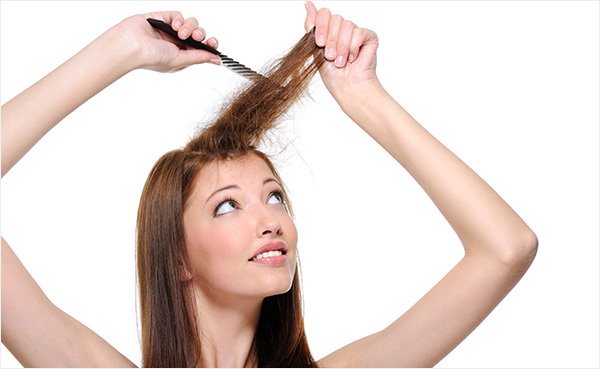
Yes, you’ve heard many stylists and beauty experts say that teasing your hair will give you lots of volume.
But, if you have fine hair, this can be even more damaging to your delicate locks than other hair types.
Why? Well, if you have fine hair then you know that one of the BIGGEST problems we face is dealing with tangles. When you backcomb, the hair cuticles get broken.
Cuticle cells point downwards. These cells are like your hair’s armor that protects its core. Teasing or backcombing goes against the direction of the cuticle cells, causing damage and entirely stripping the cuticle cells from the hair fiber.
Not only that, but then spraying hairspray on top of that just creates a sticky tangled mess that will leave you sitting forever trying to brush it out. Your hair will break and then you will have to spend extra money either getting a hairstylist to cut it, fix it, or buy more products just to get it back to normal.
This could also cause hair loss over time, and that’s just something fine-haired women don’t need.
Instead of trying to create volume this way, use a sulfate-free shampoo and multi-use conditioner as an alternative to backcombing to get volume throughout your hair.
Velcro rollers are also a great heatless way to get height at the top of your head especially if your hair tends to go flat in the crown area.
Also, try using a volumizing foam on your roots when your hair is damp. We recommend Innersense’s I Create Volumizing Foam. It’ll give you texture, volume, and shape and sculpt your hair wet or dry. You can also use it as a root refresher in between washes.
2. Avoid Tight Ponytails & Hairstyles
The Damage Caused:
Receding, hair loss, fraying.
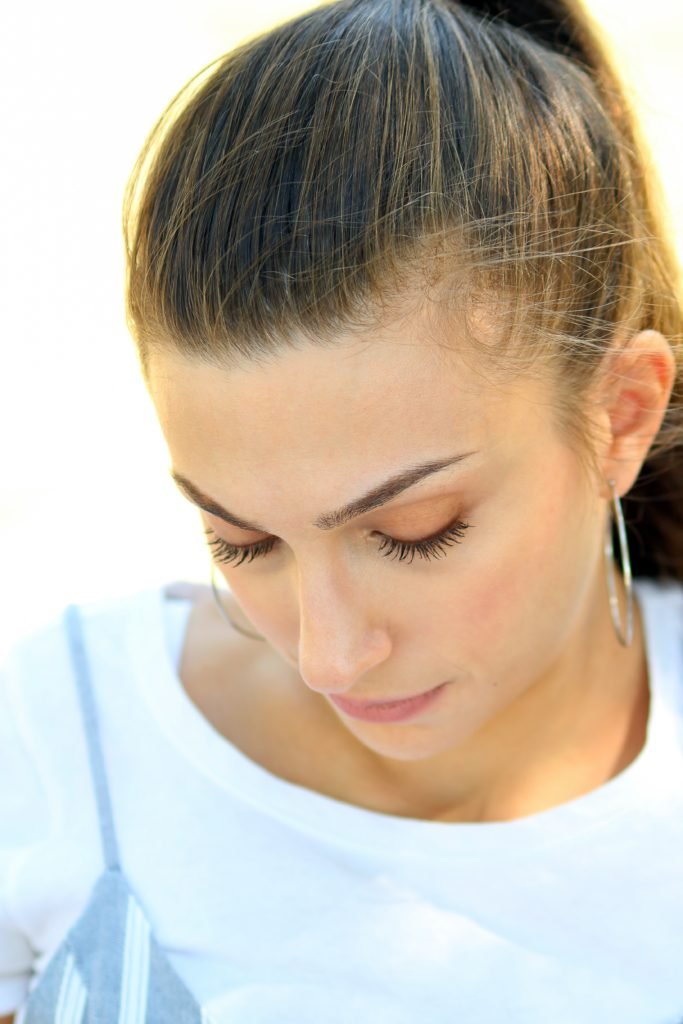
Everybody loves to throw their hair back in a ponytail. And with stars like Jennifer Lopez, slicked-back tight ponytails, buns, and braids have become super popular.
But have you thought about the damage that these hairstyles are causing? You could be causing serious damage to yourself and not even realize it.
The key is to not go overboard with these hairstyles. Allow your hair a number of days to recover and rest from having your hair up in such a tight position.
What’s Bad About Ponytails
Ponytails are a quick and easy way to style 2nd or more day hair, or when you’re just having a bad hair day in general or you don’t feel like fooling with your hair too much. But, ponytails can actually be very damaging to your hair.
Elastic hair ties that are generally used, grip the hair way too tightly and cut into the hair shaft, which causes fraying because the ties are consistently used in the same spot.
Putting your hair in a ponytail here and there is ok. But doing it every day becomes a problem.
The same can be said for tight bun styles and any similar hairstyle.
Instead of using elastic ties, opt for fabric-coated hair ties, as a way to secure your hair without causing damage and tightness. You can also use invisibobbles, bobby pins, or clips.
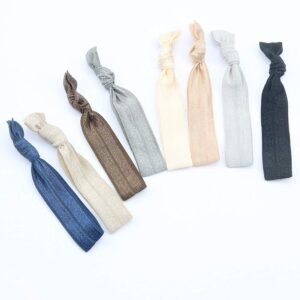
Neutral No Crease Ties, Pack of 120
3. Bleaching/Coloring Too Much
The Damage Caused:
Dry, brittle, inelastic, hair loss, breakage, split ends.

Coloring your fine hair too much definitely poses a problem. Of all the coloring methods, bleaching is by far the MOST damaging.
Bleaching raises your hair’s outer cuticle to let the bleach fully penetrate to change its appearance. Which causes very unhealthy hair. And if you have dark hair, you will normally have to go through several processes to get it light enough — causing even more damage.
While bleaching in and out itself doesn’t directly cause hair loss, it does cause breakage and split ends. The more you damage your hair this way, the higher the chance you do have of hair loss and fallout. Especially in delicate hair like fine hair.
Avoid Bleaching Altogether
Go for a more gentle hair color process. Ask your hairstylist to use henna hair color (a plant-based hair color that is often used to make hair feel fuller, healthier, and more shiny without the added damage of traditional highlights and all-over color).
If you feel that your hair has been overly damaged by color or bleaching, try a hair mask to restore your hair’s strength and elasticity and get it back in shape.
We recommend Innsersense’s Hydrating Hair Masque. It has flaxseed, shea butter, and coconut oil to reduce breakage and restore shine back to your hair.
4. Not Using an Oil
The Damage Caused:
Split ends, dryness, brittle ends.
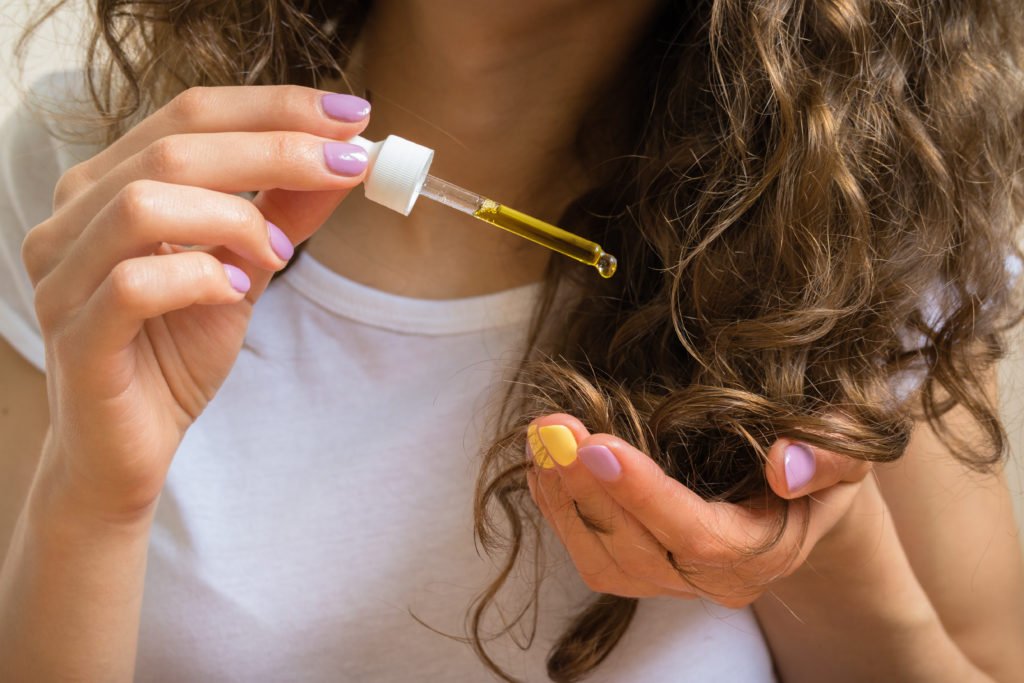
Oils? But my hair gets oily enough — you might be saying. But actually, you are making a big mistake by NOT using oils in your hair.
What Oils Can Do for Your Hair:
- Oils are a natural lubricant, which makes them ideal for detangling fine hair when it’s wet
- They will seal your hair cuticle down
- They’ll protect your hair against heat
….and even more than that.
The fatty acids in oils replace lipids in your fine hair.
When your hair gets split ends, there’s nothing holding it together, and all the lipids that were there are now gone, so you’ll then need to replace them.
That’s where oils come in.
We recommend Olaplex Bonding Oil. It’s a weightless styling oil that repairs damaged and compromised hair. Your hair will have added shine, softness, and color vibrancy.
It will revive dry, brittle ends and make your hair healthier and easy to manage.
Just rub a few drops of this oil into the palms of your hands and distribute it evenly all through the ends of your hair when it’s damp. You can also massage it into your scalp or use it to tame frizz when your hair is dry.
5. Using Heat Tools/Too Much Heat
The Damage Caused:
Breakage, split ends, fraying.
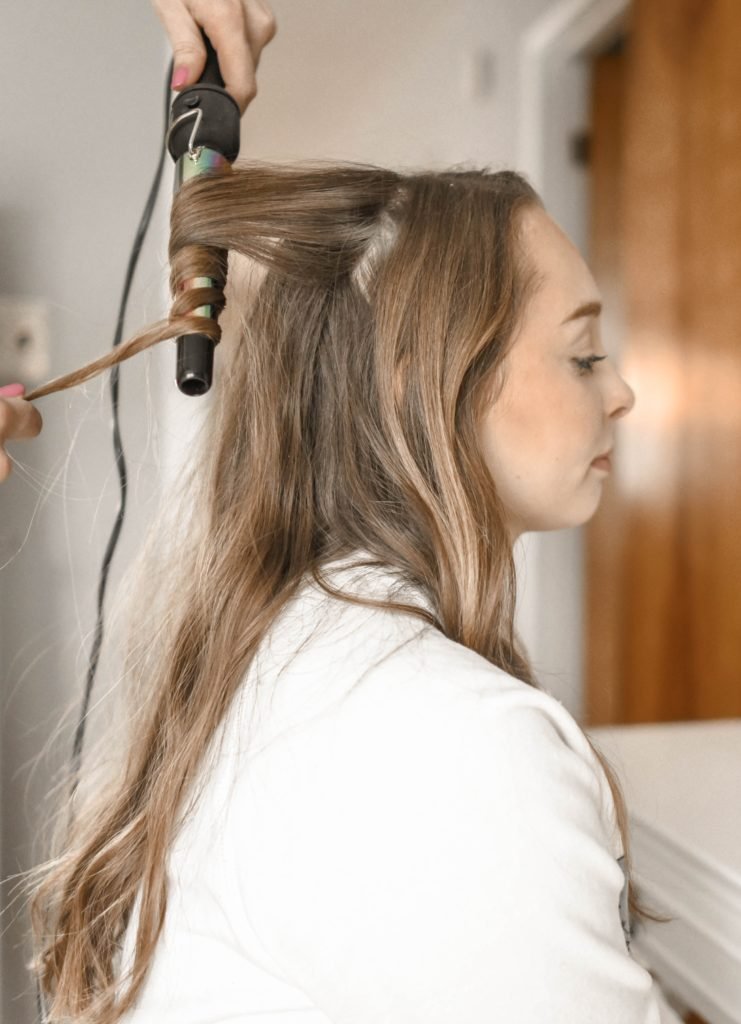
Heat styling tools can leave your hair MAJORLY fried and unruly. Curling irons, heat rollers, flat irons, and blow dryers can give you a trendy and stylish look, but can also severely hurt your hair.
The heat from these tools strips your hair of its natural oils and proteins by breaking down its hydrogen bonds. The hydrogen bonds are actually the reason your heat styling tools are able to give you the look that you want. By changing the texture of your hair, is why you are able to get straightness, curliness, or a sleek look.
Recognizing Damaged Hair
If you notice split ends, fraying, the texture of your hair has changed, or it feels dry.
It only takes one time for heat to damage your hair. But if you have to use a heat tool, they can be used once in a while or for a special occasion but should be avoided on a consistent basis if you want to protect your hair. And, if they are used, you should use a heat-protecting product as well.
Try Cactus Fruit 3-in-1 Styling Cream. It’s a clean, cruelty-free, and natural ingredient styling cream that hydrates your hair by using hemp seed oil, which is a similar oil to those in our own skin. It will tame your frizz, protect it from heat, and give you definition and shine.
A little goes a long way with this cream, so it’s recommended to use VERY little of this product on fine hair, so as not to weigh it down. It also doubles as a skin cream!
If used consistently, heat tools will cause breakage and drying of your hair.
Air Dry Your Hair When Possible
Blow dryers, especially for fine hair, should be used on a low setting when you are drying your hair. If you can, it’s good to let your hair air-dry some days.
Read about 11 Best Ways to Air Dry Fine Hair HERE.
When you are drying your hair with a round brush or flat brush, don’t hold the dryer right up against your hair or scalp and leave it there. Instead, move your hairdryer back and forth over your hair on a low setting and with some distance. That way, you don’t risk keeping the heat on your hair for too long.
Always dry your hair in the direction that your hair grows. This will seal in your look so you’ll have a smooth, non-frizzy style.
Another thing that you can do is to get a really good blowout that will last a few days either at a salon or by doing it yourself. That way you can avoid washing it or styling it every day. You may just have to use a little dry shampoo, like Innersense’s Refresh Dry Shampoo, between washes and you’re good to go.
6. Washing Too Much
The Damage Caused:
Dry, brittle, scalp irritation, split ends.

When you wash your hair too much, particularly shampooing, you are washing out your body’s natural oils. These oils help to create a healthy balance of oils that help to moisturize and protect your hair.
When your hair is wet, it’s more vulnerable to damage. Due to the movement of shampoo or conditioner around in your hair, you risk causing damage to the hair cuticle (which is the outer layer).
So when damage is caused to the hair cuticle, your hair won’t lay perfectly flat when it’s dry — which makes your hair look dull, harder to comb, and increases your chances of getting split ends.
After it’s damaged, your hair will be dry, brittle, hard to manage, and you might get scalp irritation.
So only wash your hair when it REALLY needs it, according to your hair texture, how oily it gets, if it’s color-treated, etc. Talk to your stylist if you aren’t sure how long you can go without a wash.
If you’re prone to overly oily hair, a good dry shampoo can help in between washes. Women with fine, thin hair (and especially oily hair) should only use shampoos that are sulfate-free and that offer a deep cleanse without drying your hair out.
With the right haircut, products, and a good blowout, your hair will last longer until you wash it again and be much easier to style — keeping your hair healthy and damage-free!
7. Brushing Hair When It’s Wet
The Damage Caused:
Breakage, hair loss, tangles.
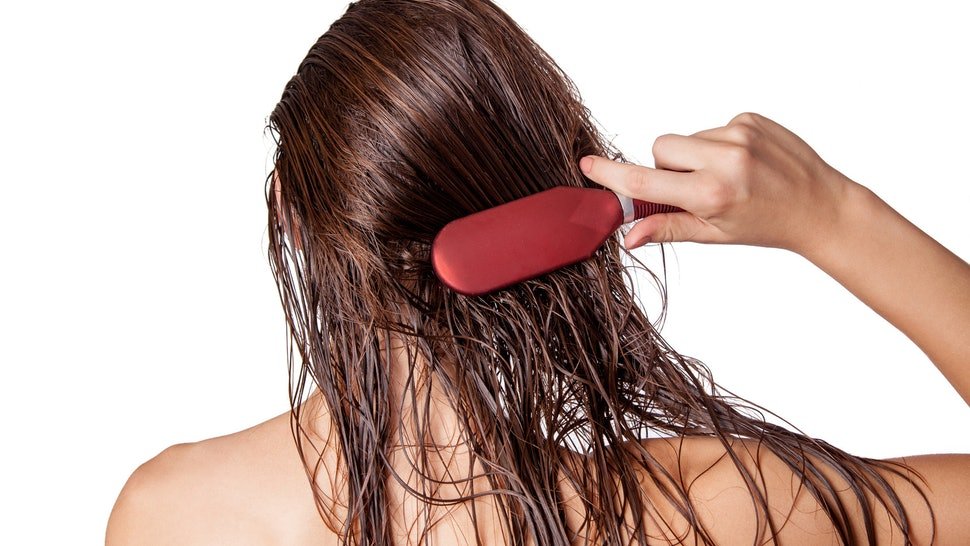
Brushing your hair when wet can cause breakage and hair fall out, which is even more of a problem for fine hair since it’s even more delicate wet.
Before you wash your hair, you should brush it dry first, starting by getting the tangles out in the ends first and then gently brushing by sections.
This will reduce tangling and also get any tangles out to prep your hair for washing.
If you wash your hair with tangles already in it, you’ll just tangle it up even more when it gets wet. Then when you go to dry it, you’ll risk breaking your hair and causing more than usual fall out.
You can gently comb your hair with a wide-tooth comb when it’s wet to move it around and evenly distribute any products that you put in.
8. Putting Too Much Product on Your Hair
The Damage Caused:
Buildup, heaviness, dullness, loss of moisture.

Over time, products that we use daily can stay in our hair and create build-up. This will make your hair heavy and dull. Buildup can also be a cause of dandruff. Using natural products helps to create less product buildup, especially ones that are sulfate-free.
Each layer of buildup prevents oils and moisture from penetrating your hair and will actually cause your hair to lose its moisture over time.
The sebum and oils that are naturally produced from your scalp contribute to buildup as well.
An apple cider vinegar cleanse is one of the best ways to refresh your hair and give it a clean base to start from. It’s beneficial to your hair because it adds acid back into the hair which fights the alkaline levels and restores shine.
Just make sure you use apple cider vinegar with the ‘mother.’ This is because some types of apple cider vinegar have added sugars, which you don’t want in your hair.
Apple Cider Fine Hair Cleanse
What you’ll need:
- Raw (unfiltered) apple cider vinegar with the ‘mother’
- 16 oz. of cool water
- 1-2 drops of lavender oil (optional)
What to do:
- After shampooing and rinsing your hair, mix the apple cider vinegar, water, and optional lavender oil together in a bottle.
- Shake well.
- Lean your head back and pour the rinse over your entire scalp.
- Allow the mixture to go through your hair.
- Avoid contact with your eyes.
- Massage gently into your scalp and distribute the rest through the rest of your hair and ends.
- Let the cleansing mixture sit on your hair for 1-2 minutes.
- Rinse thoroughly.
Tip: After you rinse the cider mixture out and your hair dries, your hair will no longer smell like apple cider vinegar. Reduce the amount of mixture you use by half if you have shoulder-length hair or shorter. You will not need to use any conditioner after you have done the rinse since the mixture will naturally condition your hair. If you feel you need to, you can add a conditioner to the ends of your hair after using the rinse.
If you want an apple cider scalp cleanser that has a lesser acidic smell, try Girl and Hair Apple Cider Hair Rinse.
9. Not Using a Leave-In Conditioner
The Damage Caused:
Tangles, heat damage, dryness.
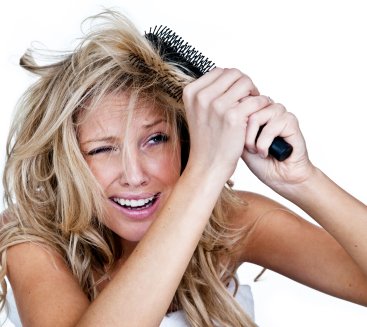
A leave-in conditioner is best for fine hair because it significantly reduces tangles in your hair while protecting your hair from heat and dryness.
By using a leave-in conditioner, you lock in the product until your next wash and give you a boost of moisture for healthy feeling and looking hair.
It will leave your hair soft and manageable!
It also helps to reduce fly-aways, tame frizz, and keep curls soft and smooth.
Try PHYTO Nourishing Leave-In Conditioner. It’s a cruelty-free conditioner that uses plant-sourced vitamins such as A, C, & E. Its primary ingredients are jojoba seed oil, grape seed oil, and evening primrose oil.
It will protect your hair from heat damage from blow drying and detangle your hair (YES!), so that you can comb through it easily without causing breakage, and leave your hair feeling super silky while giving you a healthy scalp and hair.
Plus, it’s won’t weigh your hair down.
10. Keeping Your Hair Too Long/Not Getting the Right Cut
The Damage Caused:
Flat hair, unshapely, split ends, weighing the hair down.

When you don’t have the right cut and it’s too long, fine hair gets weighed down and the top becomes flat because the rest of your hair is pulling all of it downwards and makes it too heavy.
There’s no movement and it just kind of hangs there. Making it look thinner and limper than it is.
Fine hair is best shoulder-length or shorter. It will help to give it bounce, movement, and makes it easier to style. After using products that help give you volume combined with the right cut, it will be MUCH easier to get volume in your hair and feel like your hair is thicker.
Layers are another great way to make your hair look fuller and will significantly improve the look of your style.
Not only that, but when you cut your hair up to your shoulder or shorter, it makes you look younger and more youthful. Cutting your hair a bit shorter will be a healthier style and less damaged.
When your hair looks healthy, you look healthier and younger!
Use the pictures below as inspiration when you talk to your stylist about getting your next cut. They can help you pick out a cut suited to your face shape and hair texture.
Here are some styles to give you some ideas and inspiration for the type of cut(s) that you should be asking for if you have fine hair.
My personal favorite is a medium-length bob that is a little longer in the front than the back, with a few mid-length layers! That typically helps me get the most volume at the top.
11. Don’t Rough Dry Your Hair With a Towel
The Damage Caused: Breakage, split ends, dryness, frizz
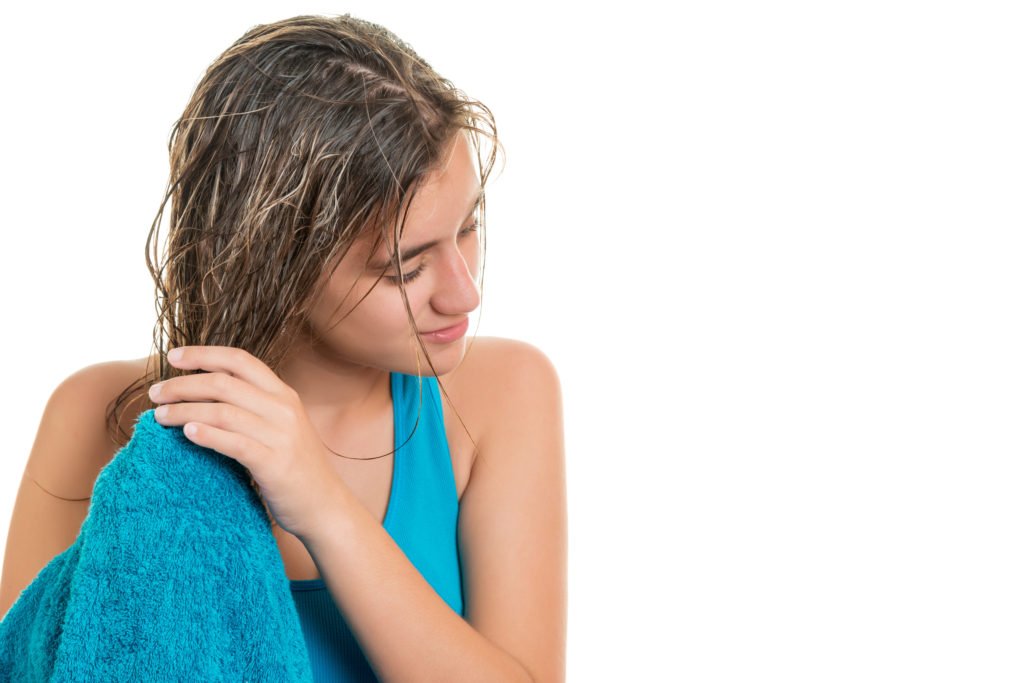
Using a towel to dry your hair is one of the WORST things that you can do!
Read my tips on airdrying fine hair here.
The coarse texture and dryness of a cotton or terry cloth towel can cause damage to your hair. The friction between the towel and your hair is too rough on it. Especially if you are wringing it out or squeezing it too hard with a towel.
The movement of the towel up against your hair can cause and worsen split ends and weaken your hair.
You’ll see the effects if you notice that your hair is dry and frizzy.
What to Use Instead
Instead, use a t-shirt or a microfiber towel. This will absorb excess water and reduce frizz. I especially like the Microfiber Towel Wraps. It keeps my hair up and dries it right out of the shower and then when I’m ready to start getting ready, my hair is still damp and ready to style. Plus it’s lighter weight and doesn’t pull on my head and hair while it soaks up some of the water.
Blot and gently squeeze your hair instead of roughing it around with a traditional towel if you are using the t-shirt method.
Air drying your hair is always the healthiest way to get it dry. If you can, try this one some days to give your hair a breather from towels and heat tools.
SHOP VEGAN FINE HAIRCARE
Want more ways to care for your hair?
Fill out the form below to download my 100% FREE ebook and get DIY hair recipes (+bonuses) for healthy, nourished hair!
Save to Pinterest for later!
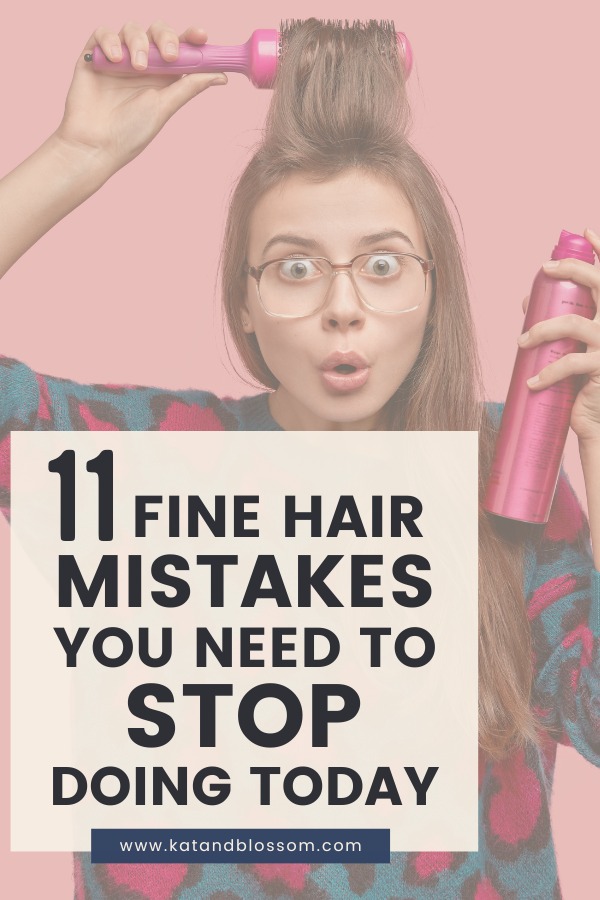





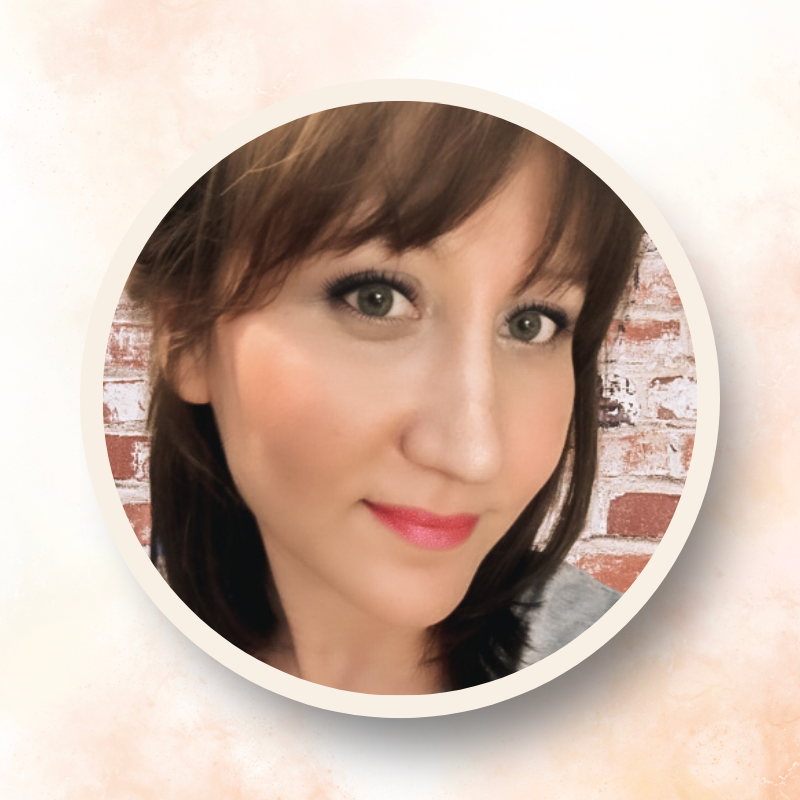













Agreed with the whole list except for asking your stylist to use henna in your hair. If you want henna, cool, just be prepared to only use henna after that. It is extremely reactive to other hair dyes. So henna won’t break your hair, but if you put other hair dye on your head in the future it’ll break your hair. I think it’s important people know that so they can make the choice that’s best for them. Most stylists wouldn’t do it if you asked them to put it in your hair unless you go to a more hippy salon. I think Aveda salons do more vegetable dye type color. I’m not sure, but you can definitely find places that are kinder and gentler on your hair. Either way henna isn’t bad, it’s just a bit permanent in a way.
Awesome to know! Thanks for sharing 🙂